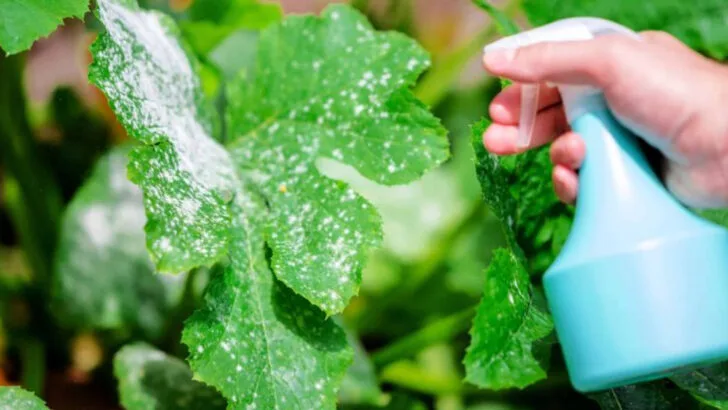Some gardening tricks have been passed down for generations and for good reason. Long before shelves were lined with chemical solutions and specialty products, people relied on simple methods and whatever they had on hand to keep their plants healthy and thriving. And surprisingly, a lot of those old remedies still hold up.
From using wood ash to deter pests to burying rusty nails for a boost of iron, these time-tested practices might seem odd at first, but many of them actually work. They might not come with flashy labels or quick-fix promises, but they’re rooted in experience and sometimes that’s exactly what your garden needs.
Eggshell Fertilizer
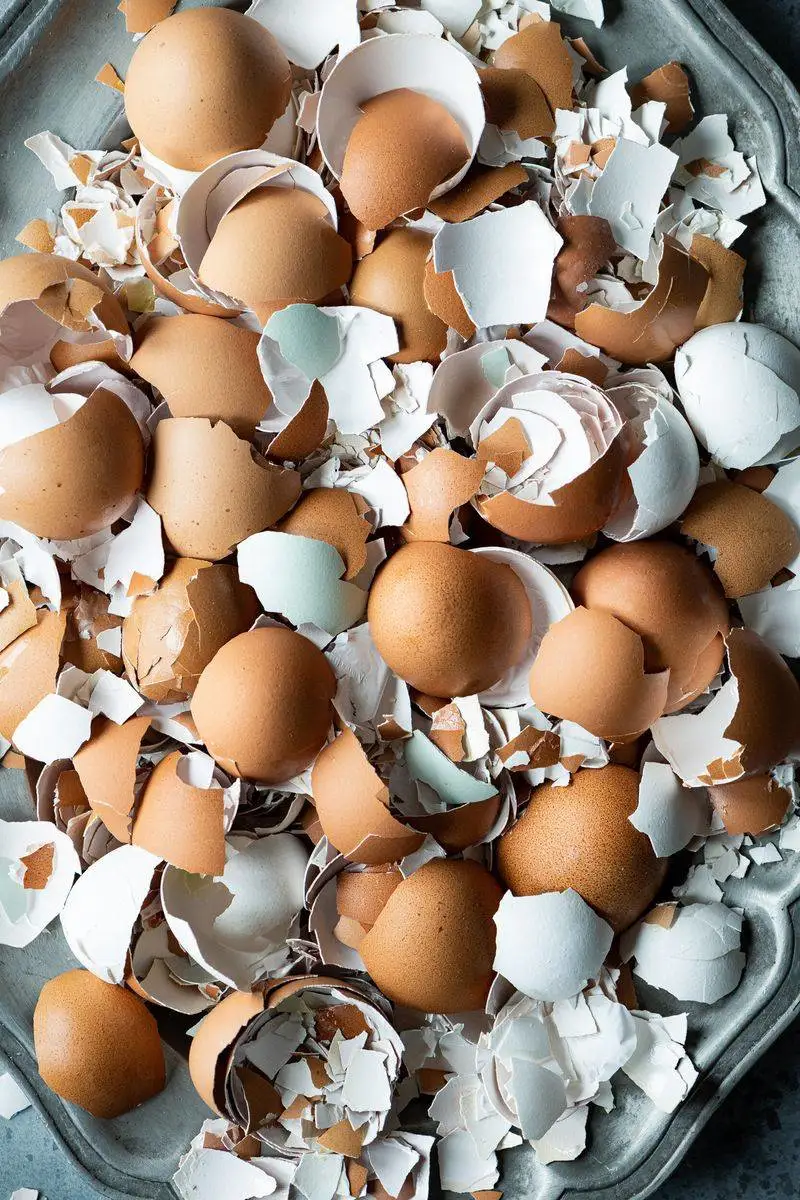
In the world of gardening, eggshells are unexpectedly valuable. Crushed eggshells, rich in calcium, provide a natural boost to the soil. This calcium is essential for plant growth, preventing common issues like blossom end rot in tomatoes. For many gardeners, sprinkling pulverized eggshells around their plants is a beloved ritual.
Moreover, eggshells are biodegradable, slowly releasing nutrients into the earth. They are a simple, cost-effective way to nourish the garden naturally. Their rough texture also deters slugs and snails, adding a layer of protection to young seedlings.
Banana Peel Plant Food
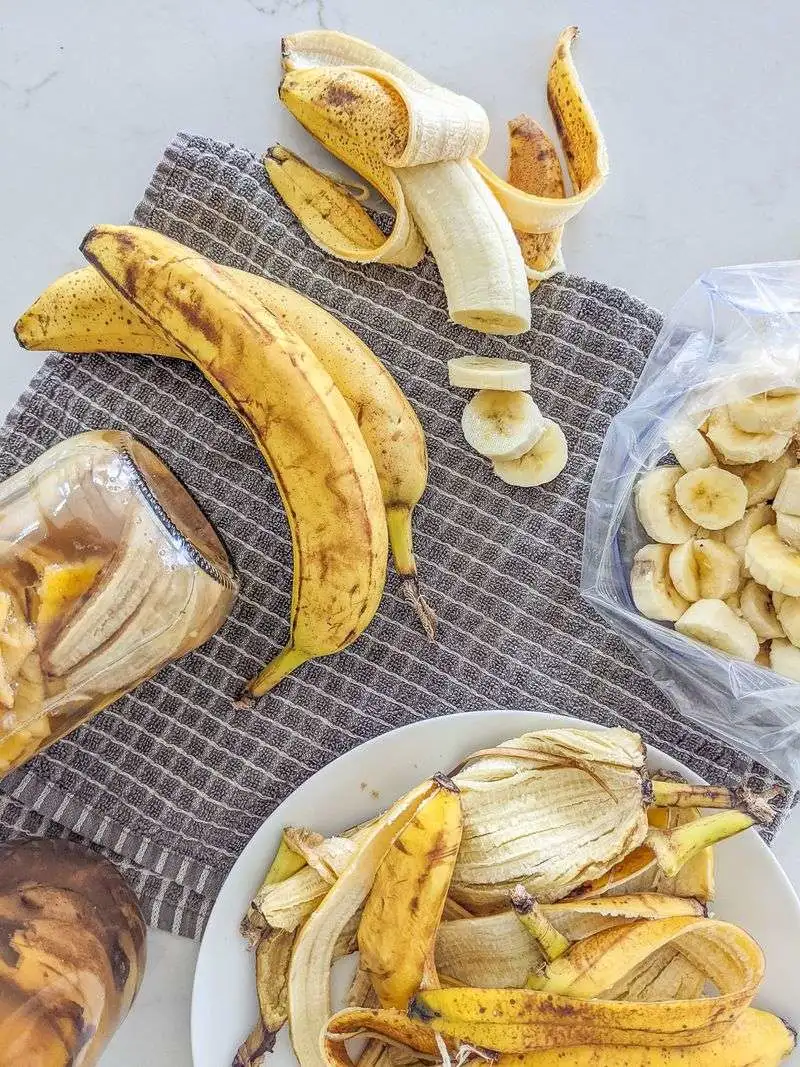
Banana peels, often overlooked, are a gardener’s secret weapon. Packed with potassium, they enhance plant strength and resilience. Gardeners place banana peels at the base of flowering plants for vibrant blooms.
These peels decompose swiftly, releasing their benefits into the soil. Their use is a testament to sustainable gardening practices. One quirky use is wrapping peels around the base of rose bushes, a practice cherished for generations. This tradition, though simple, has stood the test of time.
Vinegar Weed Solution

Vinegar, a common household item, serves as an effective weed killer. Its acidity disrupts the growth of undesirable plants without harming the environment. Many gardeners appreciate its quick-acting properties, ideal for driveways and pathways.
This method offers a chemical-free alternative to commercial herbicides. Simply spraying vinegar directly onto weeds is enough to see results. While it requires regular application, its eco-friendliness appeals to those committed to organic gardening.
Coffee Grounds for Soil Enrichment
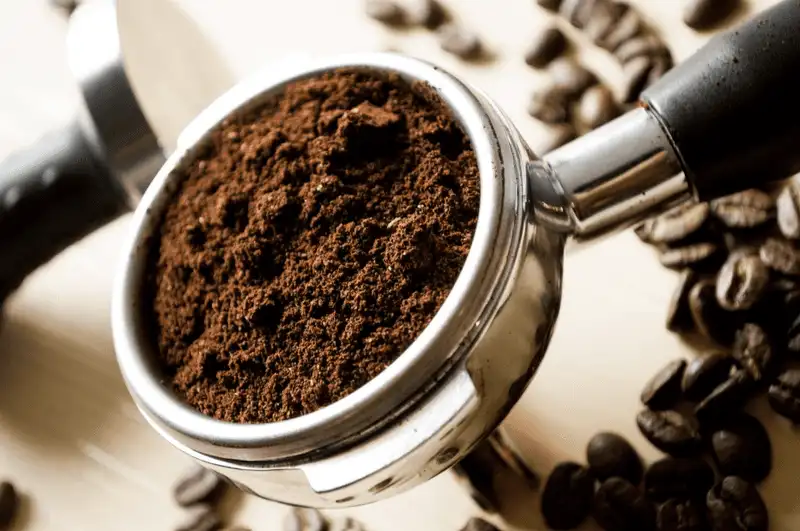
Coffee grounds, often discarded, make excellent soil enhancers. They improve soil structure, providing beneficial aeration. Rich in nitrogen, coffee grounds aid in composting, speeding up decomposition.
Sprinkling them around acid-loving plants like azaleas and blueberries is a common practice. Moreover, their scent deters pests, offering dual benefits. Coffee grounds represent a sustainable way to recycle waste into garden nourishment. For gardeners, incorporating coffee into the soil is as routine as their morning brew.
Epsom Salt Plant Booster
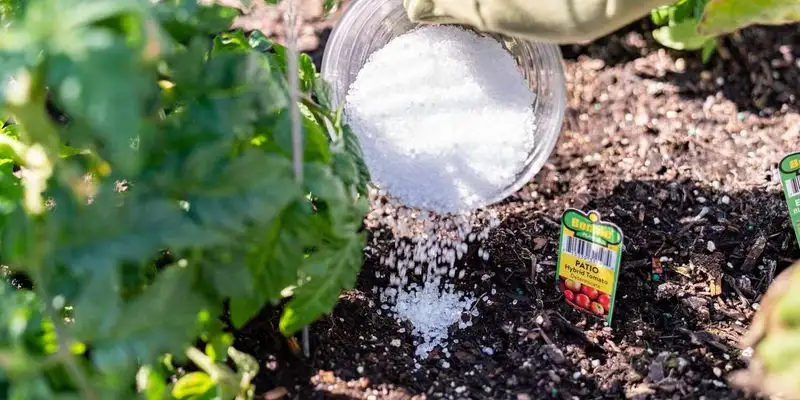
Epsom salt, known for its magnesium content, revitalizes plant health. This mineral is crucial for photosynthesis, aiding nutrient absorption in plants. Many gardeners dissolve Epsom salt in water, creating a nourishing plant spray.
This treatment is particularly beneficial for tomatoes and peppers, enhancing their growth and yield. Its affordability and availability make it a popular choice among seasoned gardeners. The use of Epsom salt illustrates the enduring value of simple garden remedies.
Baking Soda for Fungal Control
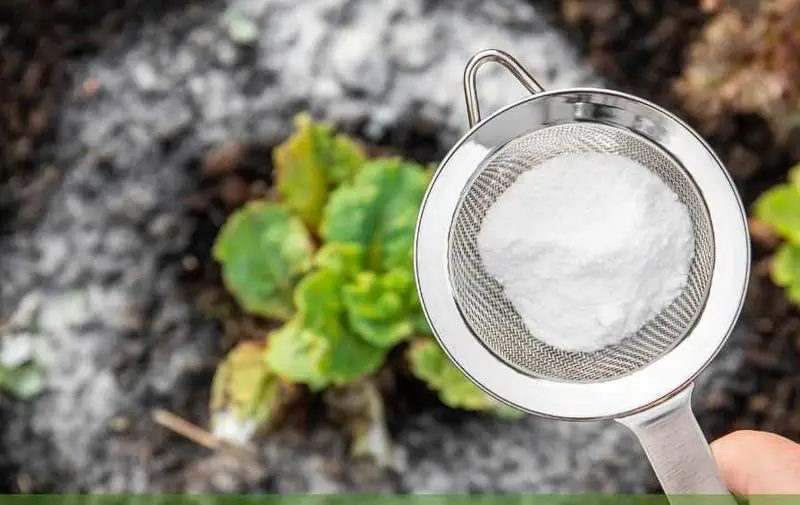
Baking soda, a staple in most kitchens, doubles as a garden ally. With its antifungal properties, it combats common plant diseases like powdery mildew. Gardeners create a gentle spray by mixing baking soda with water and soap.
This homemade solution is favored for its gentle approach to plant care. It’s safe, non-toxic, and leaves no harmful residues. Regular application keeps fungal issues at bay, allowing plants to thrive. Baking soda’s versatility extends beyond baking, proving invaluable in garden maintenance.
Aspirin for Plant Immunity
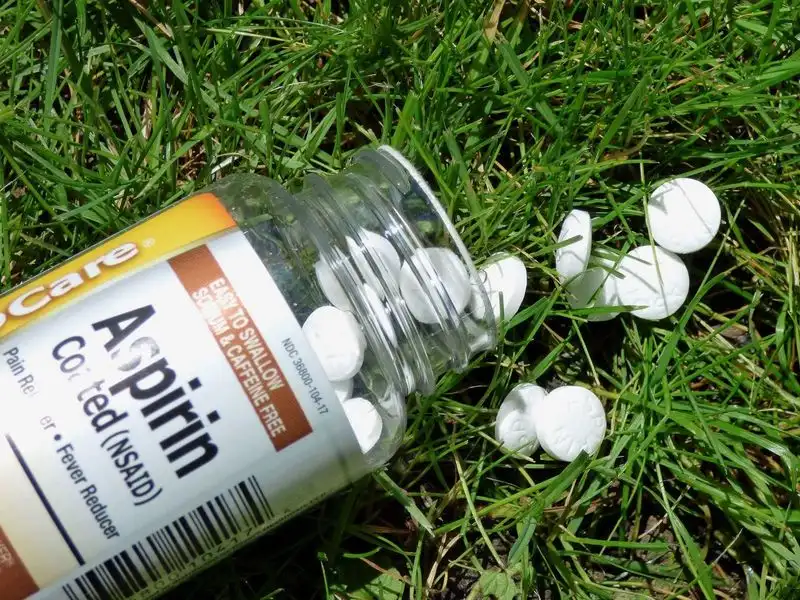
Aspirin, typically found in medicine cabinets, enhances plant immunity. Salicylic acid, its active ingredient, mimics natural plant hormones, bolstering defenses against disease. Dissolving aspirin in water creates a tonic for stressed plants.
Gardeners often use this method to support seedlings and transplants, reducing shock and promoting growth. Its unconventional use surprises many, yet its effectiveness is well-documented. Aspirin’s role in gardening underlines the connection between plant and human health.
Milk as a Fungicide
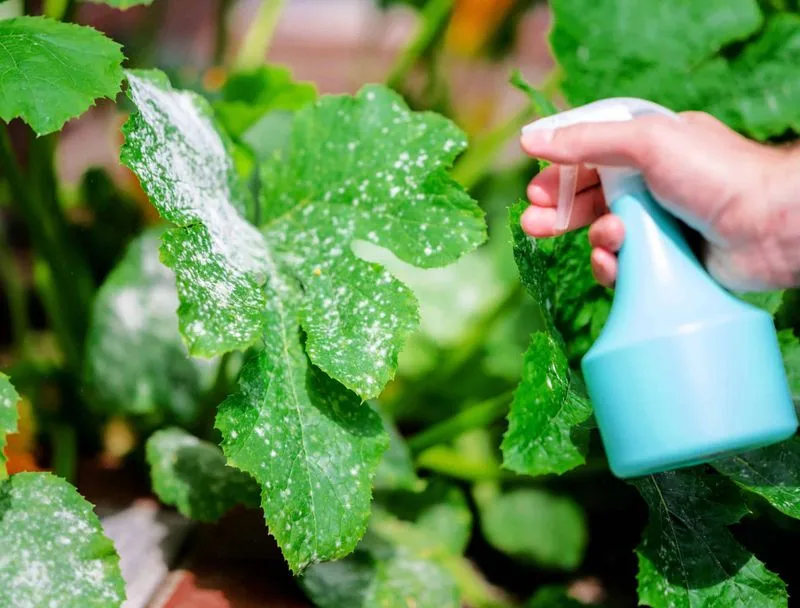
Milk, beyond its nutritional value, serves as a natural fungicide in gardens. Its proteins disrupt fungal growth, protecting plants from diseases like powdery mildew. Gardeners dilute milk with water, applying it regularly to susceptible plants.
This approach is cherished for its simplicity and effectiveness. It’s a safe, organic alternative to chemical treatments, reflecting a commitment to sustainable gardening. The use of milk highlights creativity in utilizing everyday items for plant care.
Chamomile Tea for Plant Healing
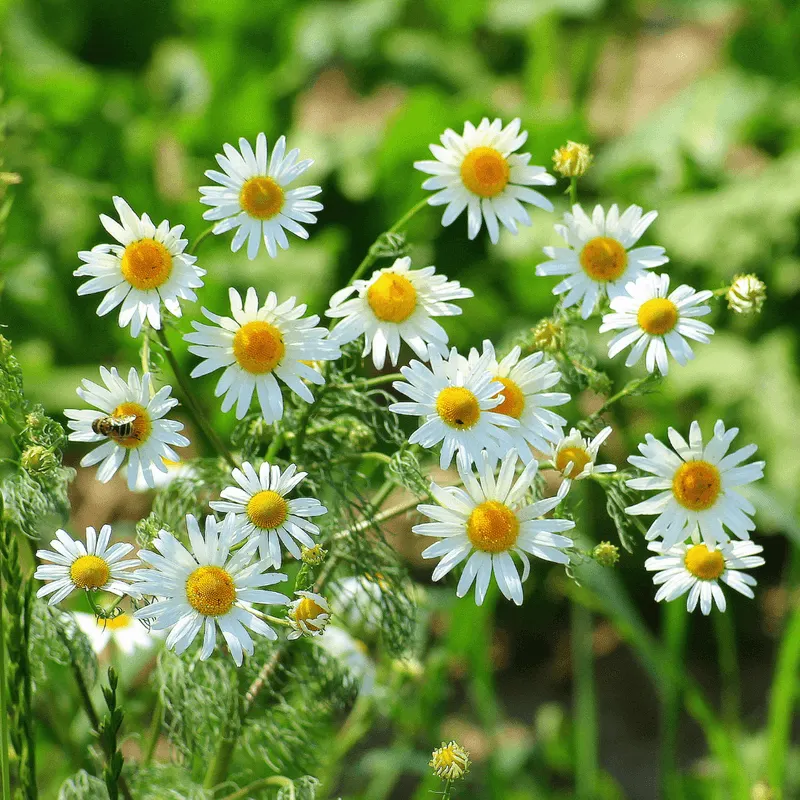
Chamomile tea, renowned for its soothing nature, aids plant recovery. Rich in antifungal and antibacterial compounds, it prevents damping-off in seedlings. Gardeners brew a strong tea, cooling it before applying to the soil.
This remedy is particularly useful for seedlings and young plants, promoting robust growth. Its gentle properties nurture vulnerable plants, making it a beloved tool among gardeners. Chamomile’s reputation as a healing herb extends beyond human use, proving beneficial in gardens as well.
Marigold as Pest Deterrent
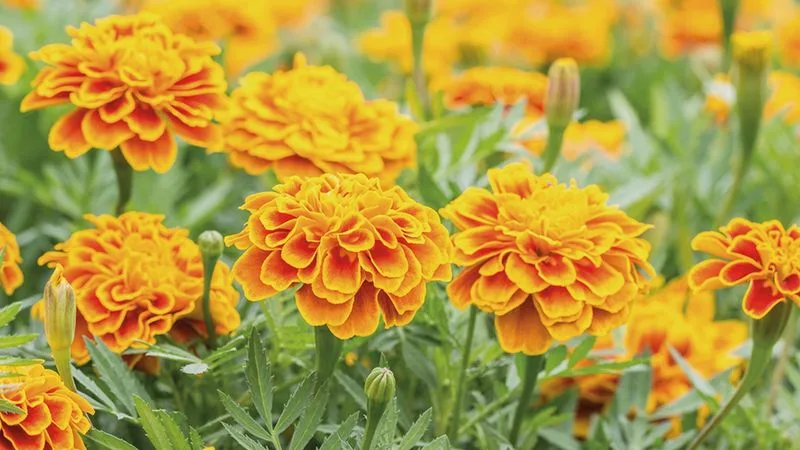
Marigolds, with their striking blooms, are more than ornamental. They naturally repel pests, safeguarding vegetables from nematodes and aphids. Planting marigolds alongside crops is a time-honored practice for integrated pest management.
Their roots release compounds toxic to harmful soil-dwelling organisms, offering a natural defense. Marigolds’ vibrant presence not only beautifies but also protects gardens. This symbiotic relationship showcases nature’s harmonious solutions, reinforcing the bond between plant aesthetics and functionality.
Nettle Tea for Plant Nutrition
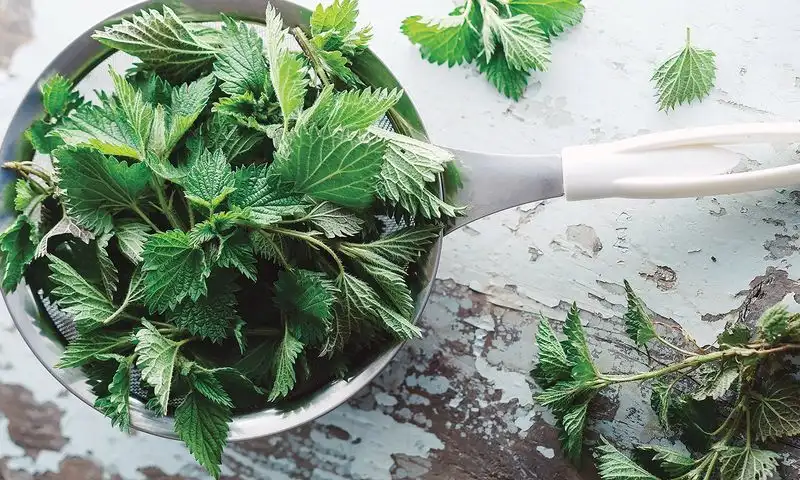
Nettle tea serves as a potent plant tonic, rich in minerals and nutrients. Gardeners soak nettles in water, creating a nutrient-rich brew for watering plants. This tea promotes lush foliage and vibrant growth.
Its high nitrogen content benefits leafy greens and flowering plants alike. The brewing process is a bit smelly, but gardeners know the results are worth it. Nettle tea exemplifies the transformation of a common weed into a valuable garden resource.
Wood Ash for Soil pH Adjustment
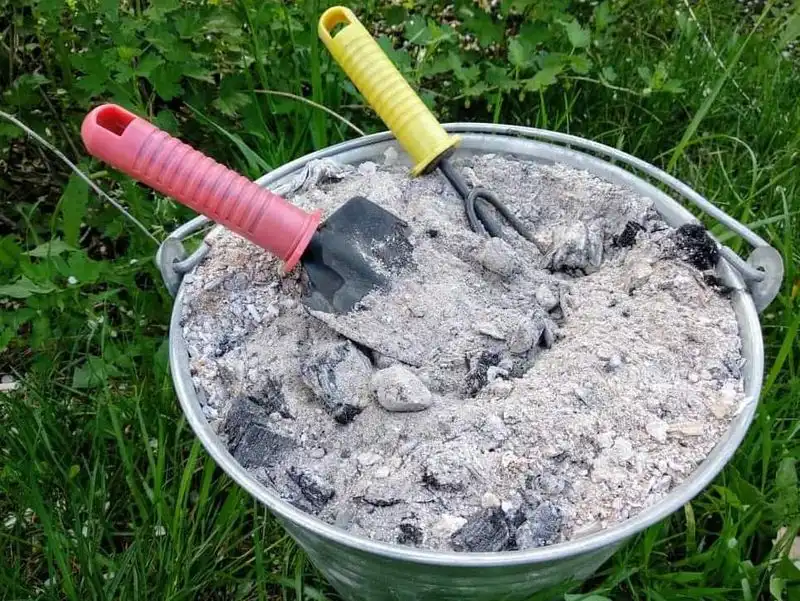
Wood ash, a byproduct of fireplaces, is a valuable soil amendment. Rich in potassium and calcium, it raises soil pH, reducing acidity. Gardeners scatter ash around alkaline-loving plants like lilacs and clematis.
Its use reflects a sustainable approach to waste, repurposing ash for plant health. However, caution is needed as excessive use can harm soil balance. Wood ash’s contribution to soil management showcases the cyclical nature of garden resources.
Salt for Pest Control

Salt, though commonplace, is a formidable foe against slugs and snails. Gardeners sprinkle it as a barrier around plant beds, deterring these pests. Its desiccating properties are effective yet require careful application to avoid harming plants.
Despite its simplicity, salt has been employed in gardens for centuries. It represents a straightforward solution to a persistent problem. Salt’s role in pest management underlines the importance of traditional, accessible methods in modern gardening.
Comfrey as Green Manure
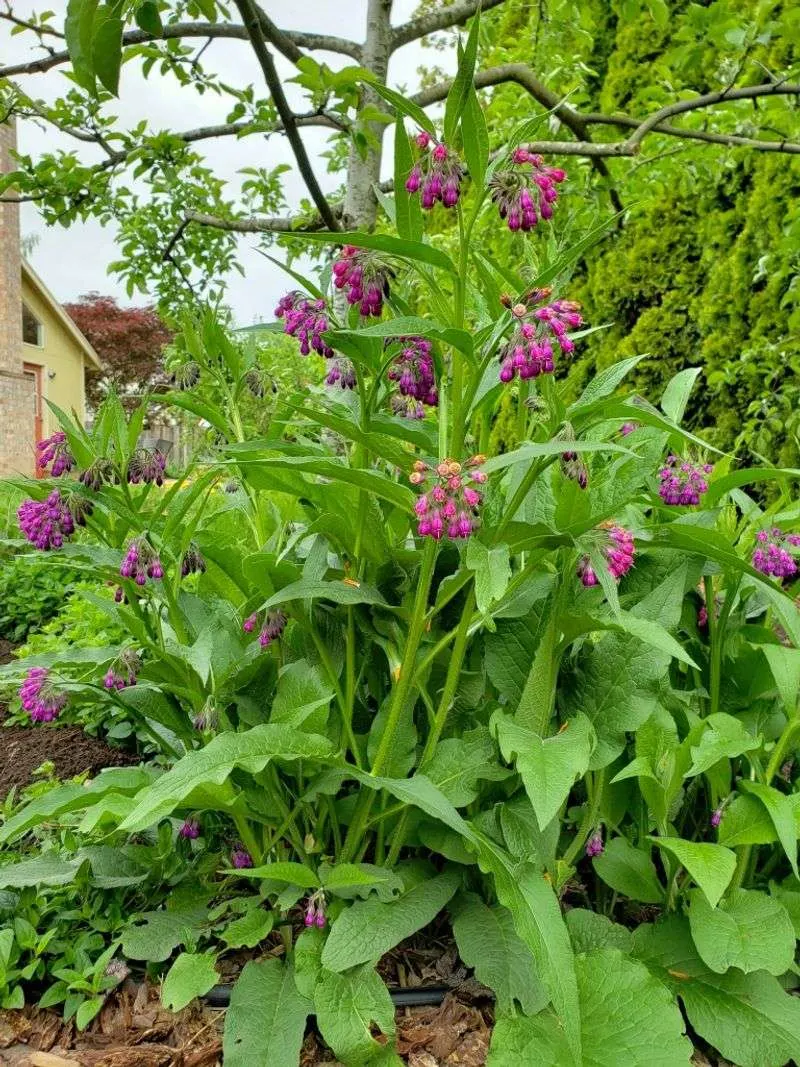
Comfrey, often found in cottage gardens, is prized for its use as green manure. Its leaves, rich in nitrogen and potassium, decompose quickly, enriching the soil. Gardeners chop comfrey, layering it in compost or as a mulch.
This method accelerates decomposition, improving soil fertility without synthetic fertilizers. Comfrey’s role in sustainable gardening highlights the benefits of utilizing plant resources fully. Its vibrant growth and nutrient-rich composition make it a garden staple for soil enrichment.
Garlic Spray for Pest Repellence
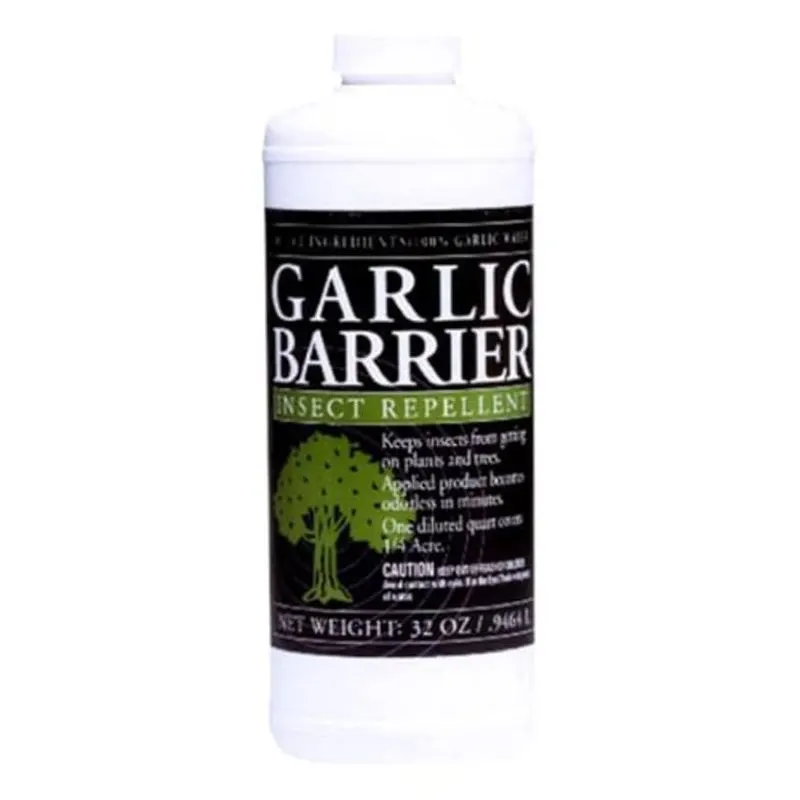
Garlic, beyond culinary uses, serves as a natural pest repellent. Its potent aroma deters insects, protecting plants without chemicals. Gardeners blend garlic with water, creating a spray for vulnerable crops.
This practice, rooted in tradition, offers an eco-friendly alternative to pesticides. It’s effective against aphids and caterpillars, safeguarding leafy greens and flowers. Garlic’s versatility extends beyond the kitchen, proving its worth in holistic garden care.
Honey for Rooting Cuttings
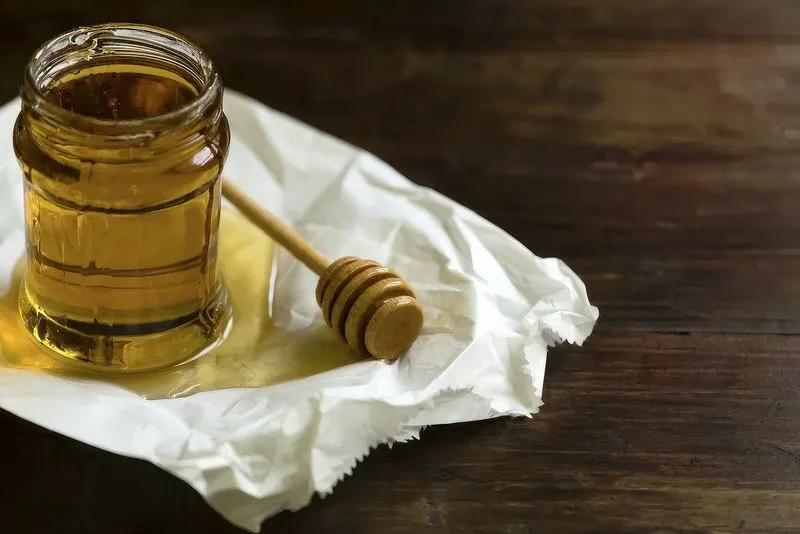
Honey, known for its sweetness, aids in rooting plant cuttings. Its natural antifungal properties protect cuttings from disease, encouraging root development. Gardeners dip cuttings in honey before planting, a practice passed through generations.
This method enhances the success rate of propagating new plants. Honey’s role in gardening is a testament to nature’s multifaceted offerings. Its application underscores the connection between natural ingredients and plant health.
Beer Traps for Slug Control
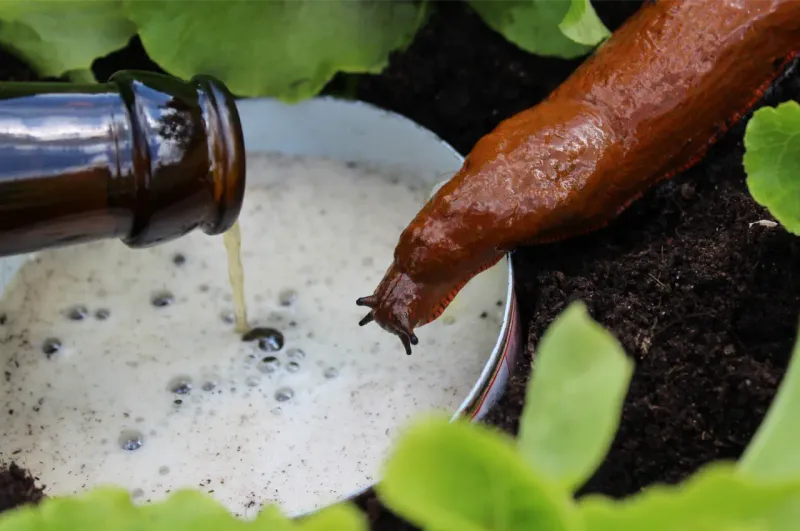
Beer, surprisingly, is an effective slug trap. Gardeners fill shallow dishes with beer, placing them at soil level. Slugs, attracted to the yeast, fall in, unable to escape. This method, though unconventional, is popular for organic pest control.
It reduces slug populations without harmful chemicals, aligning with eco-friendly gardening principles. Using beer as a trap showcases creativity in pest management, turning an everyday beverage into a garden ally.

